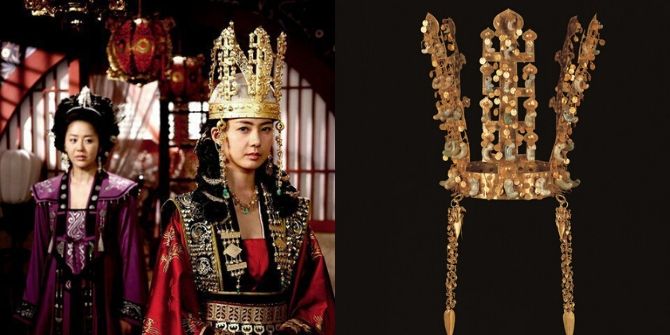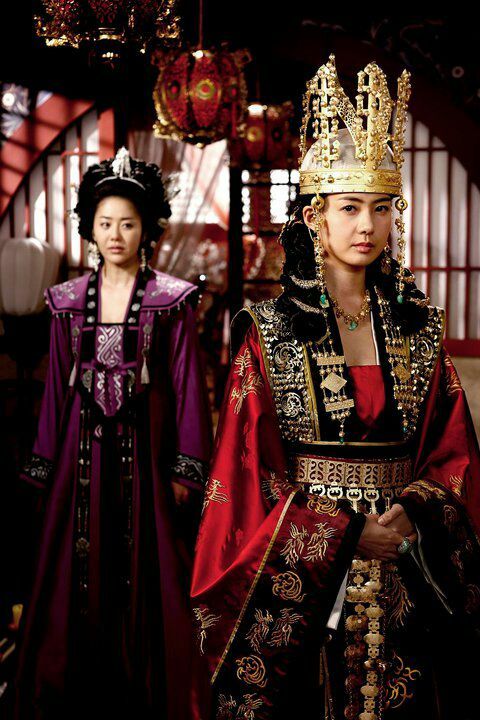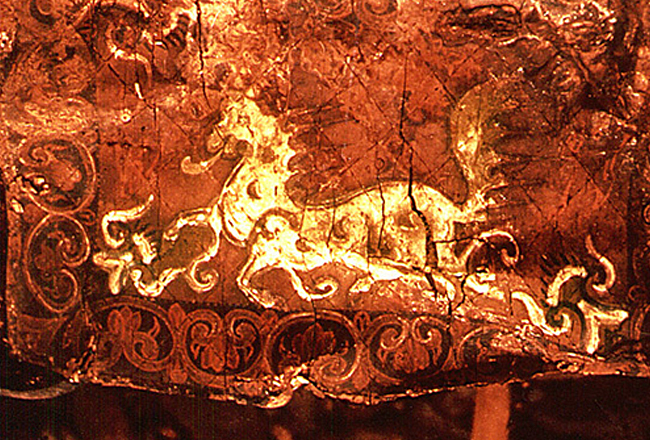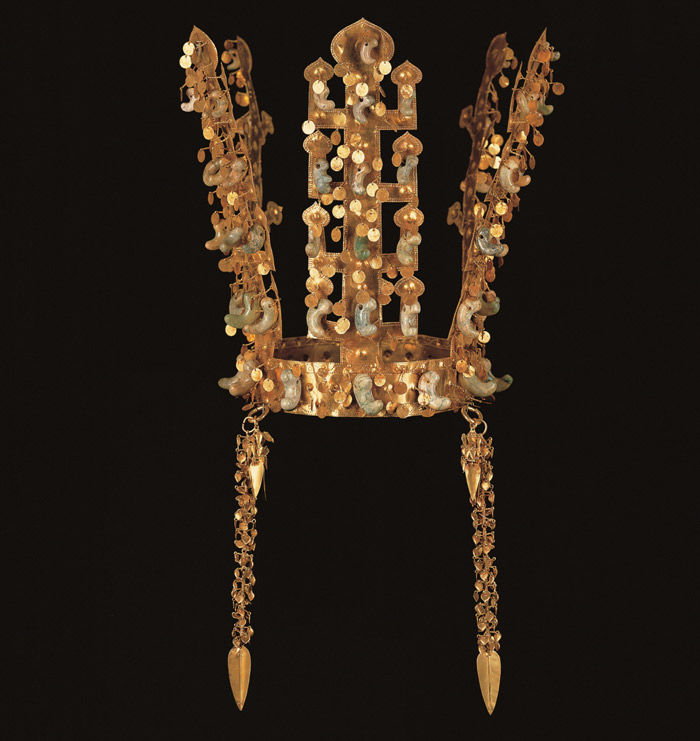Seeing His Luxury Car Being Washed Until It Shines, Choi Siwon Is Excited Alone
Choi Siwon made his fans laugh by posting pictures of his car.

Kapanlagi.com - Who has watched the Korean drama Queen Seon Deok? Still remember how the queen wore the crown? If you remember its shape, turns out the crown has interesting facts.
Drama Queen Seon Deok tells the story of the Silla Kingdom. Likewise, the crown used by the queen has a history from the Silla Kingdom. Queen Seon Deok is the first queen in Silla. Meanwhile, the crown itself has become the most ancient golden crown in the world.


Cheonmachong © Cultural Heritage Administration via KBS World
Did you know? Among the 13 ancient gold crowns found worldwide, seven originated from the ancient Korean Kingdom of Silla (57 BC-935 AD). This is also the reason why Silla is known as the gold crown kingdom. Silla was considered at the forefront of gold crown production in ancient times. No joke, these gold crowns were made of pure gold!
Initially, a crown was discovered during excavations in the Cheonmachong tumulus (a mound of earth and stones built over a grave) in 1973. According to KBS World, the Cheonmachong Tomb, built from the late 5th century to the early 6th century, is the only tomb with an open inner chamber among the tombs in the Daereungwon Complex. The tomb was nicknamed Cheonmachong because of the discovery of excavated artifacts depicting a 'flying horse in the sky'. The gold crown found in this tomb represents the Silla gold culture because of its luxurious and large appearance compared to other Silla gold crowns found to date.

As quoted from korea.net, other items such as bracelets and other jewelry were also found at that time. When it was discovered, the 32.5 cm tall gold crown was worn on the head of the body buried in the tomb.

Ancient Golden Crown of the Silla Kingdom © Korea.net
The golden crown is highly significant to the people of the Silla Kingdom. As quoted from prkorea.com, the Silla crown is adorned with ornaments resembling deer horns and tree branches. Why deer and tree branches?
So, at that time, deer was considered a sacred animal. Ancient Silla people saw deer as a common subject in art and as a messenger from heaven. Tree branches, on the other hand, were seen as a symbol of eternal life as they always nourish themselves and also serve as a path to heaven. Meanwhile, gold itself signifies eternity.
The Ancient Golden Crown of the Silla Kingdom consists of three parts resembling tree branches, with two prominent horn ornaments made of thick gold ribbons around the head. The curved jade and gold covering the ornaments provide a luxurious look to the crown. The design with curved jade is often worn by Silla people riding horses, who also worship trees.
There are also hundreds of round ornaments linked with gold wire. Additionally, there are jade decorations for hanging these round ornaments. What's even more unique is that these decorations are carved like embryos, symbolizing fertility, abundance, and eternal life.
The exact date of the creation of the crown is unknown, but it is estimated to have been made between the late 400s and early 500s. This can be seen from other relics found in the tomb. However, it cannot be confirmed which Silla king owned the crown.
Considering that the crown was found in the tombs of kings, many speculate that the crown symbolizes the determination of the Silla king to protect the people even after death. The Silla Kingdom prospered for 1000 years. It is rare to find a dynasty that thrived for this long, as the average lifespan of a dynasty is only around 150 years.
The gold crown of Silla represents the legacy of the kingdom that lasted for thousands of years. That is why the ancient gold crown of the Silla kingdom is listed as National Treasure No. 188.
(kpl/mit)
Cobain For You Page (FYP) Yang kamu suka ada di sini,
lihat isinya
Choi Siwon made his fans laugh by posting pictures of his car.
Here are a series of photos edited by Tata Janeeta to make it look like she is married to Hyun Bin.
Suho EXO revealed a fact about himself that not many people know.
Tata Janeeta is a big fan of Hyun Bin. She even uploaded a funny edited photo with her idol.
Jeon Somi reveals her ideal type, curious about what it's like?
These three international musicians expressed their longing for BTS through Insta Stories.
News from TWICE members is always anticipated. This time there is a story from Momo whose house was once visited by the police.
King Muryeong's tomb is the only royal tomb from the Three Kingdoms Period that has been identified. How was King Muryeong's tomb discovered?
One of the legacies of the Joseon Dynasty is the royal tombs. It is very rare to have well-preserved royal tombs of a dynasty throughout the world after passing centuries. What are some interesting facts about the royal tombs of the Joseon Dynasty?
This Original Korean Calendar System was created in 1443, or the 15th year of King Sejong's reign during the Joseon Dynasty. What is the history behind its creation?
Have you ever heard of Arirang, a Korean folk song? Here are some interesting facts about Arirang.
Joseonmal Keunsajeon (Great Korean Language Dictionary) which became the first Korean language dictionary. The dictionary has been lost since it was confiscated by the police during the Japanese Occupation from 1910 to 1945. What is its history like?